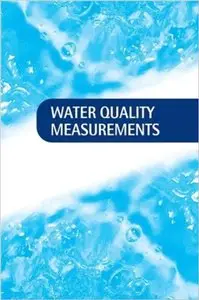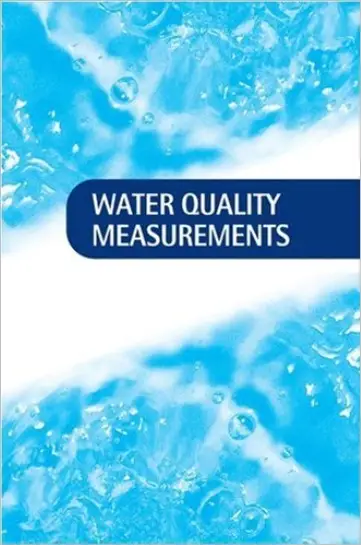Detection Methods for Algae, Protozoa and Helminths in Fresh and Drinking Water
by Franca Palumbo, Giuliano Ziglio
English | 2002 | ISBN: 0471899895 | 244 pages | PDF | 11.97 MB
by Franca Palumbo, Giuliano Ziglio
English | 2002 | ISBN: 0471899895 | 244 pages | PDF | 11.97 MB
This is the second book in the Water Quality Measurement Series. It focuses on the analytical aspects related to epidemiology, toxicology, sanitary, engineering and plant technology to provide an integrated and clear strategy for carrying out surveillance, quality control, prevention and remedial measures.
* Contains a significant number of tables, figures, colour and black and white photographs and spectra
* Offers workable answers to specific practical issues using a comprehensive and scientifically sound approach
From the Back Cover
Providing a comprehensive approach to water quality measurement, Detection Methods for Algae, Protozoa and Helminths in Fresh and Drinking Water is the second book in the Water Quality Measurement Series.
Potential disease-causing biological agents such as Algae, Protozoa and Helminths exist throughout the entire water cycle. These agents, which can be of natural or anthropogenic origin, have varied potential impact and significance in the water cycle. This book focuses on the analytical aspects related to epidemiology, toxicology, sanitary engineering and plant technology to provide an integrated and clear strategy for carrying out surveillance, quality control, prevention and remedial measures.
The book provides coverage of:
- Hygienic and health aspects of biological agents within fresh and drinking water
- Counting methods for Algae, Protozoa and Helminths
- Methods for cyanobacteria toxin detection
- Methods for extraction and determination of chlorophylls
- Viability of Cryptosporidium oocysts and Giardia cysts
- Laboratory requirements and quality assurance
The book also addresses the importance of:
- Epidemiological and other catchment area information
- Environmental context
- Waterwork structure
- Treatment plant configuration
- Sampling strategy and methodology.
Please No mirrors.



